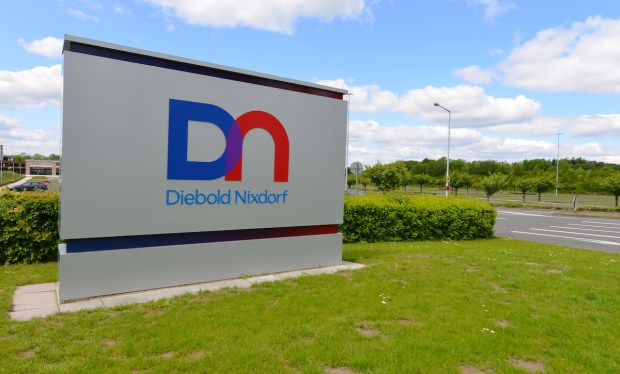Diebold Nixdorf Seeks Bankruptcy Protection to Stay Afloat

Retail technology company Diebold Nixdorf is seeking bankruptcy protection to reduce debt and stay liquid.
The company announced in a Tuesday (May 30) press release a restructuring agreement with debtors that “is expected to significantly reduce debt and leverage levels and provide substantial additional liquidity” to allow the firm to keep operating.
“With the support of our creditors, we have reached an agreement to restructure and strengthen our balance sheet, enhance liquidity and position Diebold Nixdorf for long-term success,” CEO Octavio Marquez said in the release.
The agreement would “discharge of a significant portion of existing funded debt” held by Diebold Nixdorf and some of its subsidiaries, the release stated. The restructuring would cancel the company’s outstanding common shares, and “holders thereof would not receive any recovery.”
The company’s stock — trading at 25 cents per share last week — is down 91% in the last year. Earlier this month, Diebold Nixdorf received a notice from the New York Stock Exchange that it was not in compliance with the exchange’s continued listing standards after the average closing price of its common shares fell below $1 for more than 30 days in a row.
Diebold Nixdorf’s announcement comes amid a wave of recent bankruptcies. In a single weekend earlier this month, seven companies declared bankruptcy, an apparent 15-year record.
Companies are coping with higher interest costs, making it harder to refinance loans and bonds.
A new Federal Reserve report showed that banks expect to continue tightening lending standards for the remainder of 2023.
“Banks most frequently cited an expected deterioration in the credit quality of their loan portfolios and in customers’ collateral values, a reduction in risk tolerance and concerns about bank funding costs, bank liquidity position and deposit outflows as reasons for expecting to tighten lending standards over the rest of 2023,” the Fed report said.
Meanwhile, tightening demand has led banks and FinTechs to put small businesses in contact with other lenders.
In a PYMNTS interview in March, Rohit Mathur, head of Bridge built by Citi, explained that there are few entities “helping connect borrowers and lenders in the $250,000 to $10 million space.” His organization has more than 70 lenders focused on lending to small businesses.

